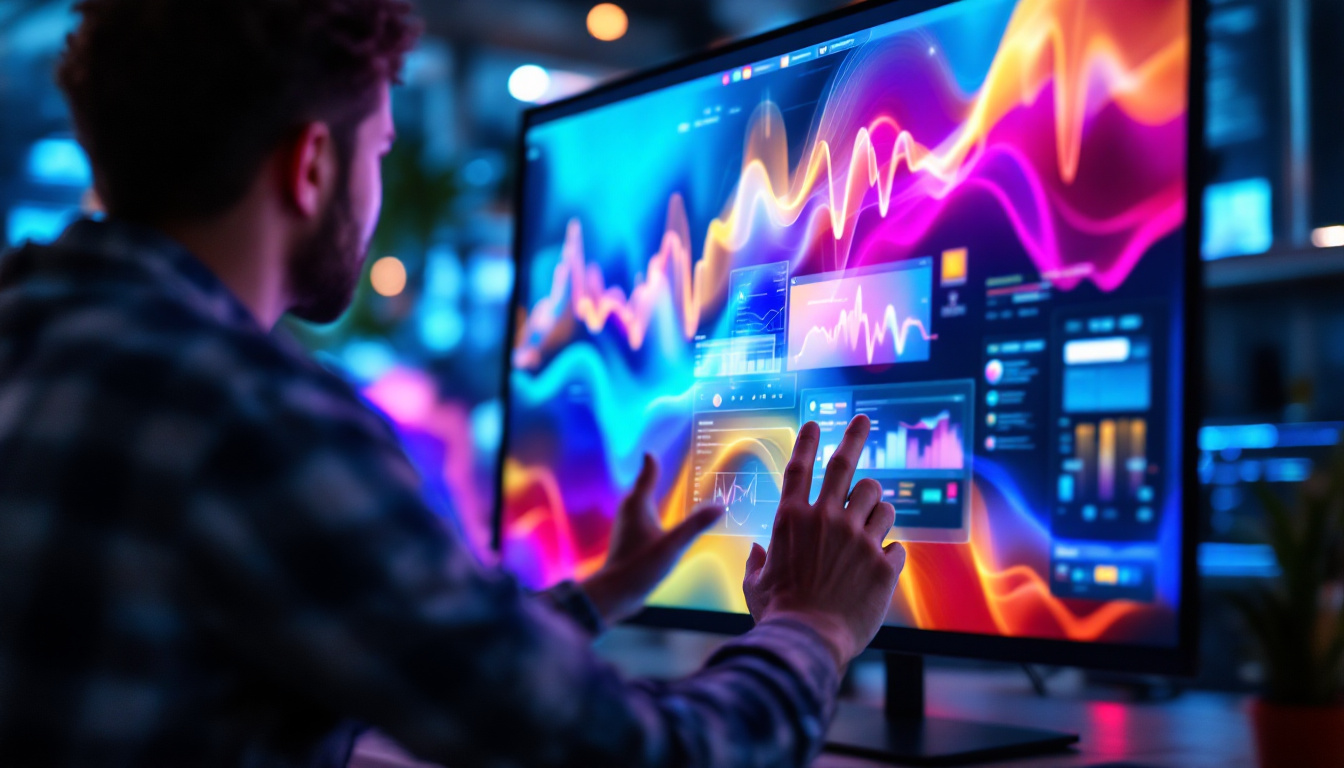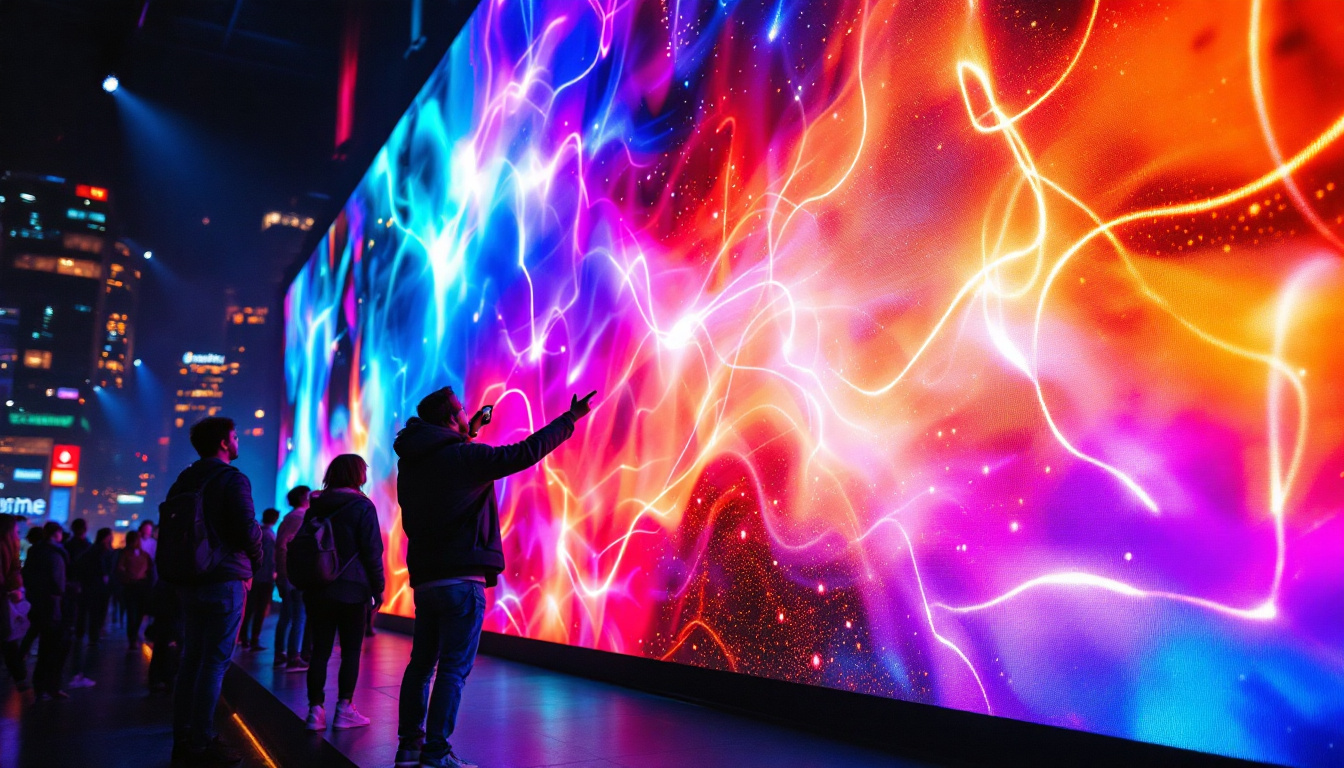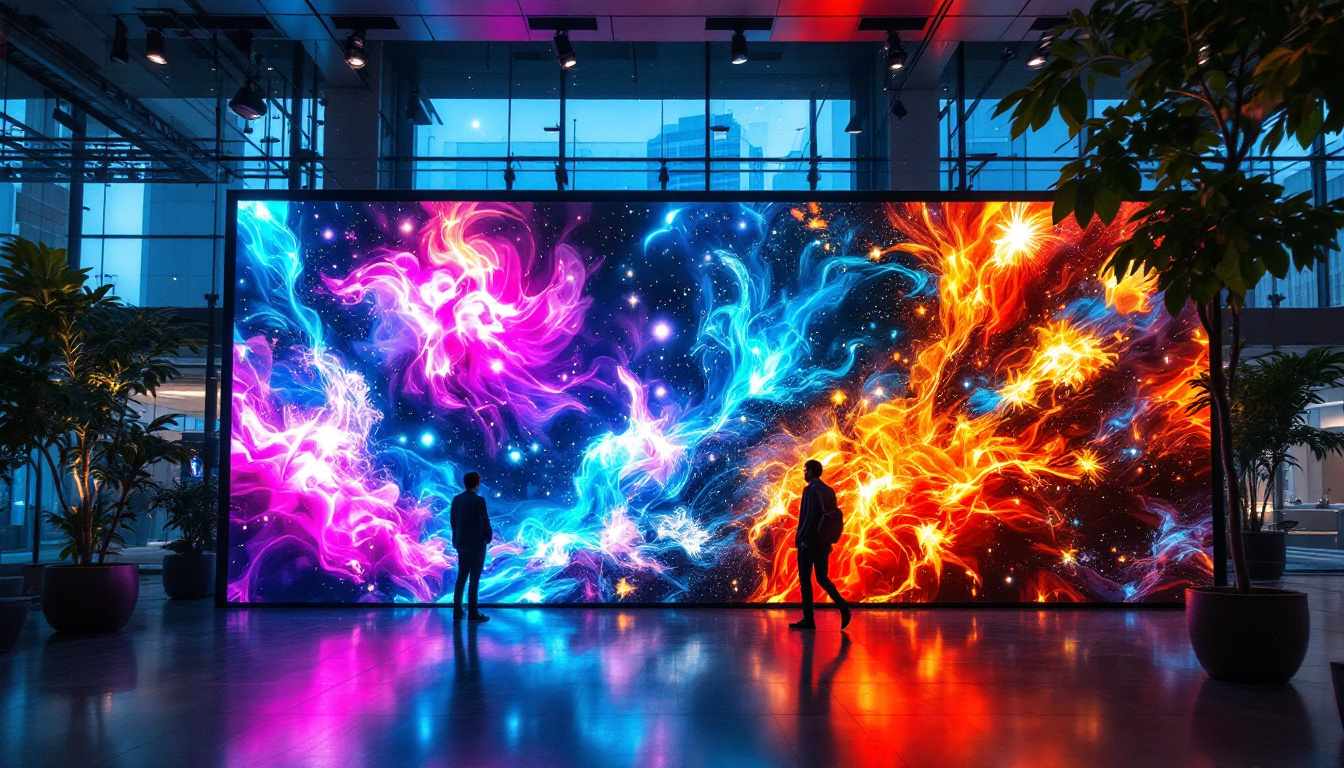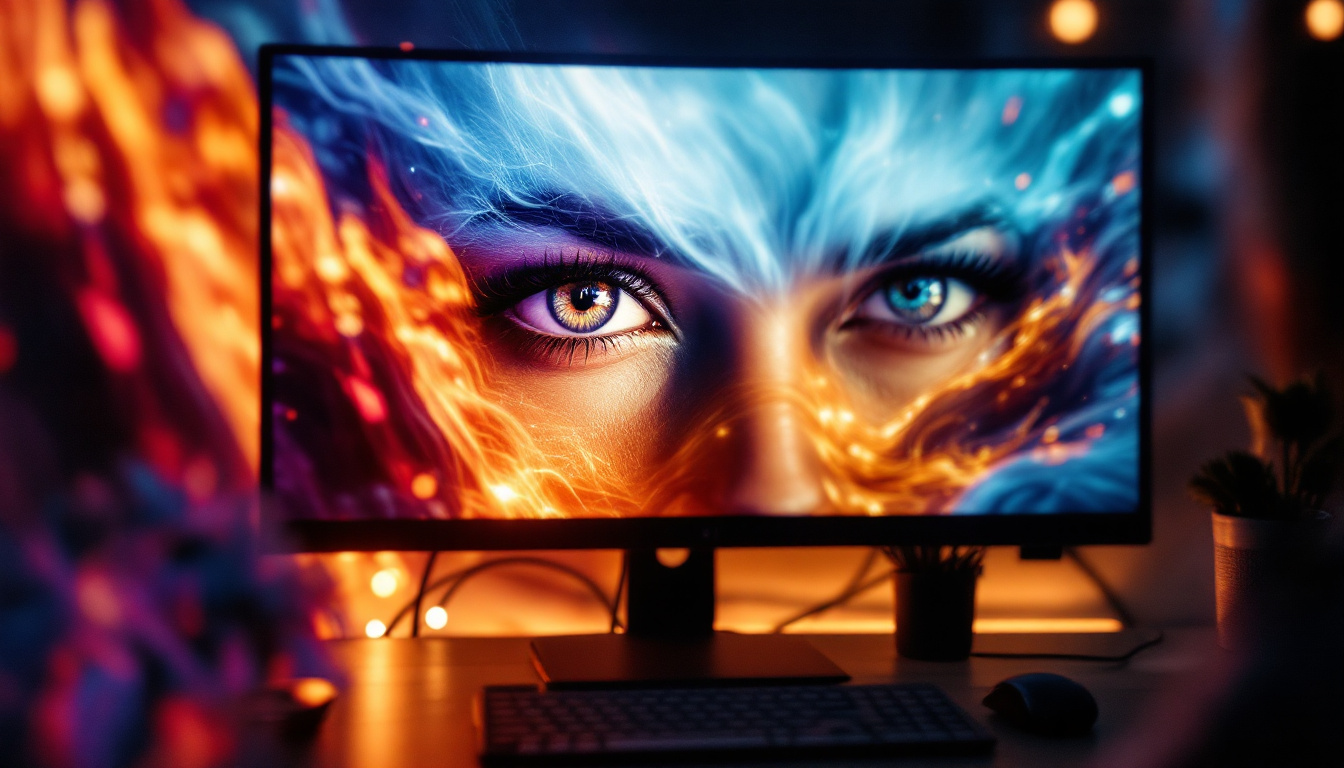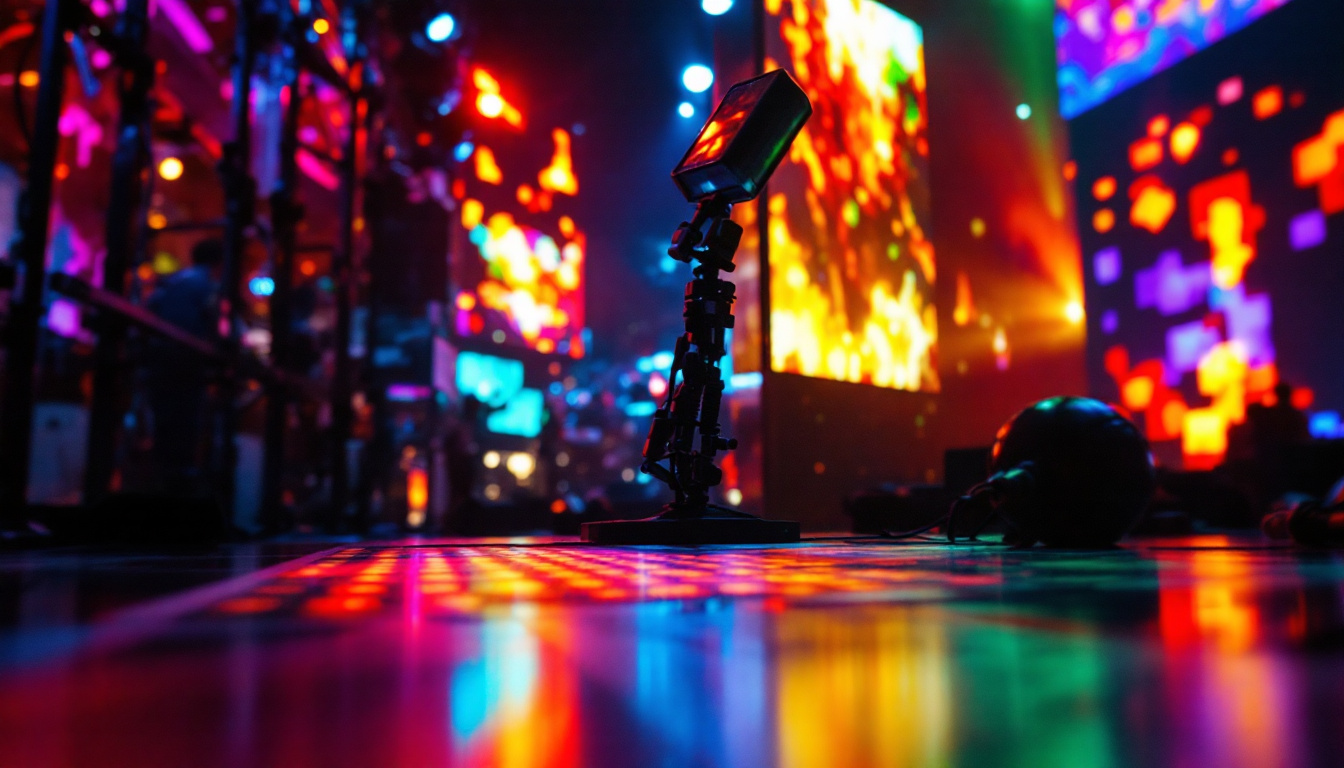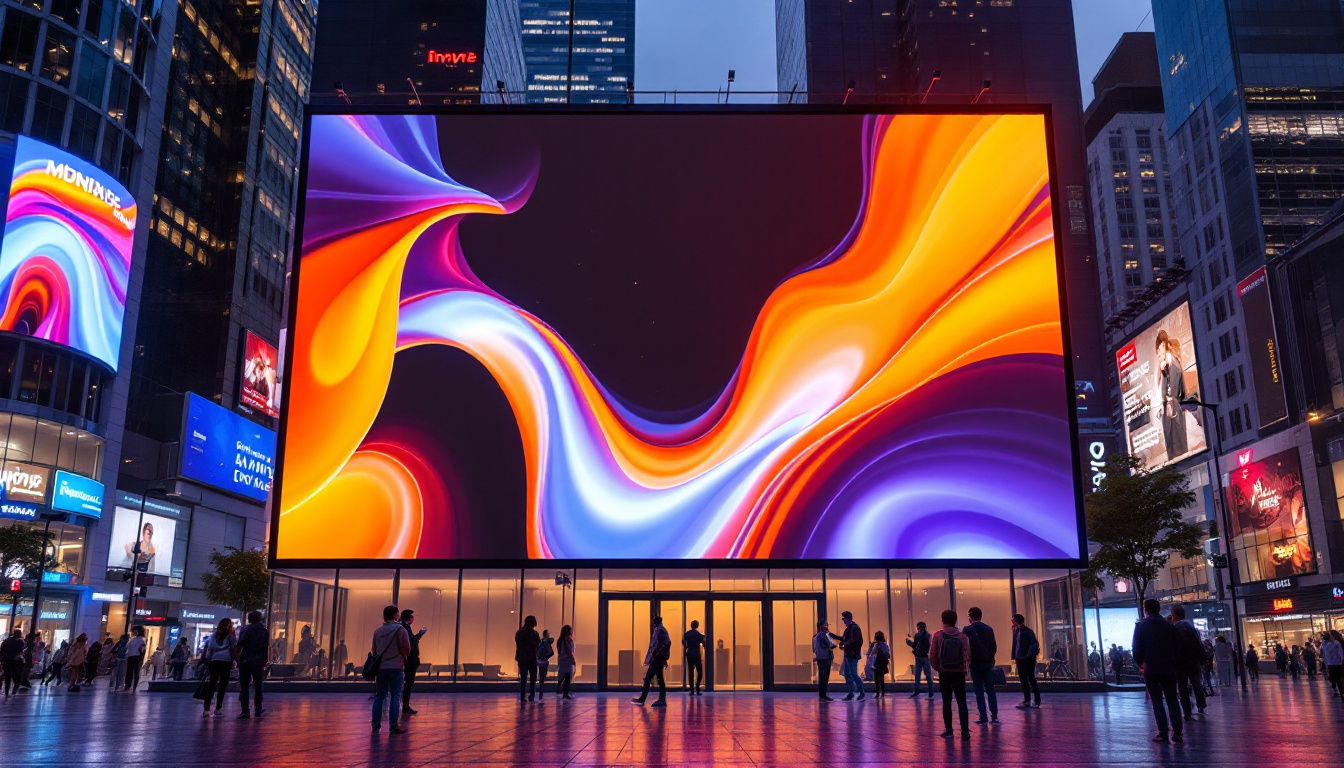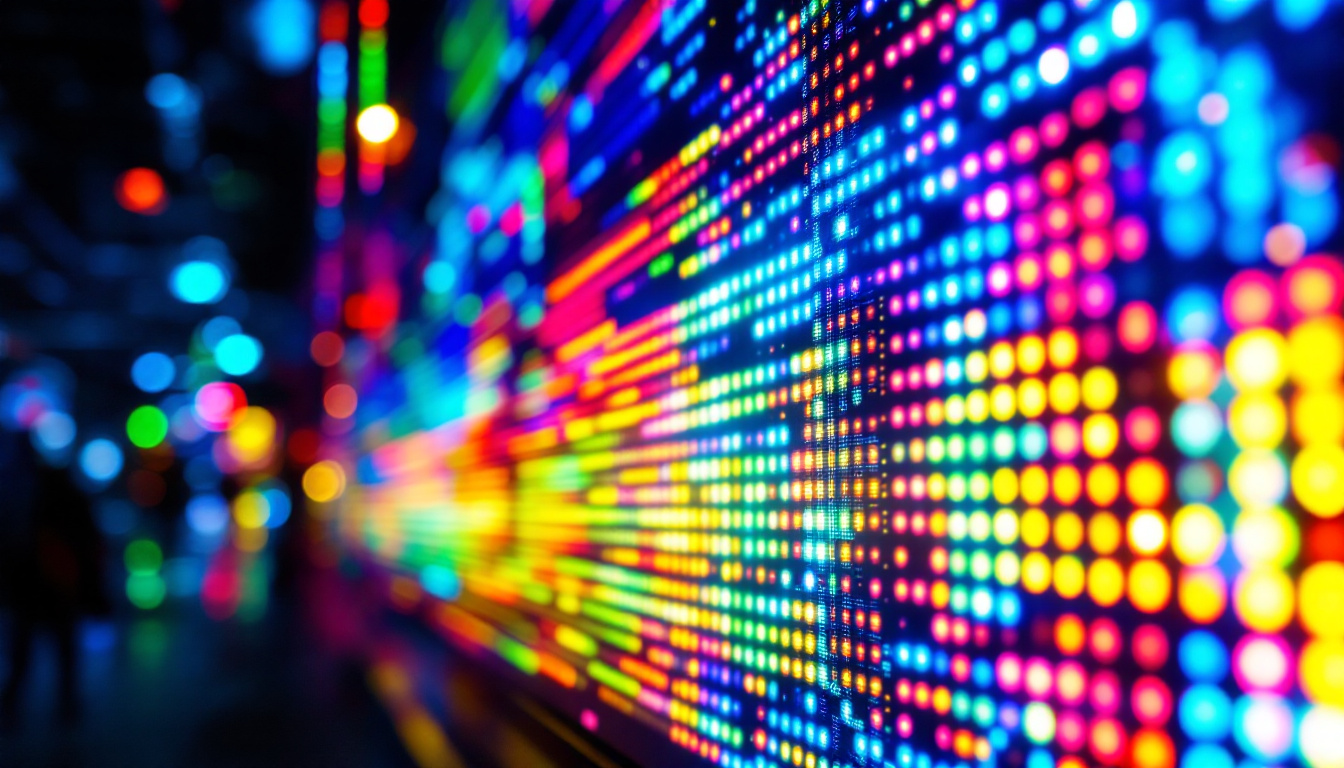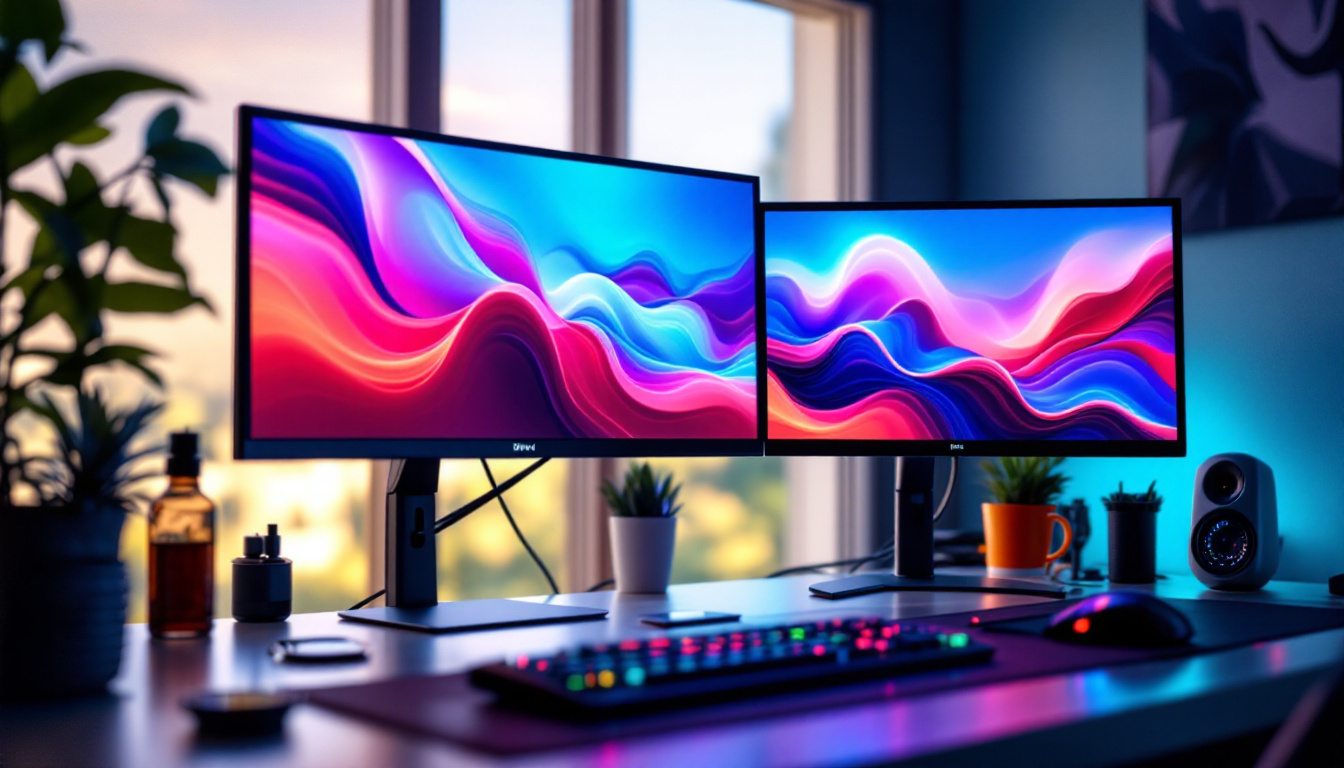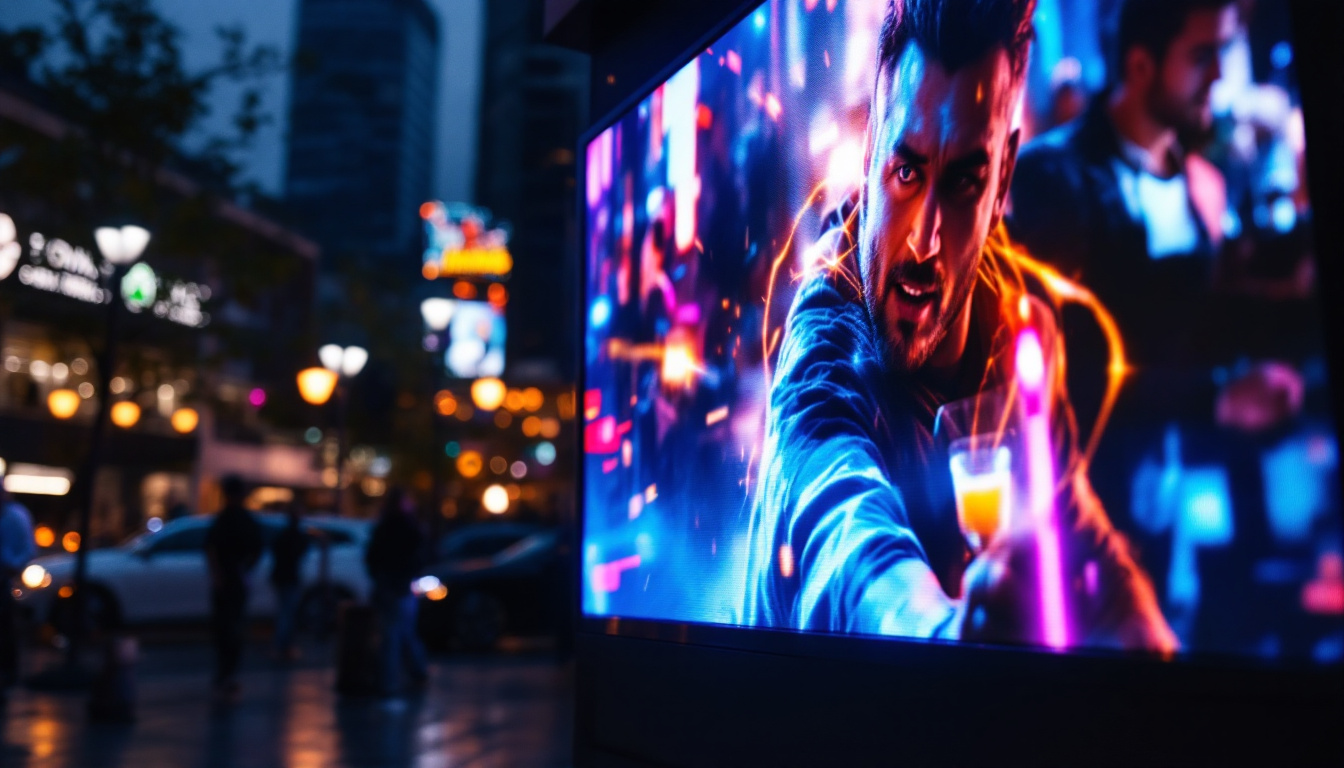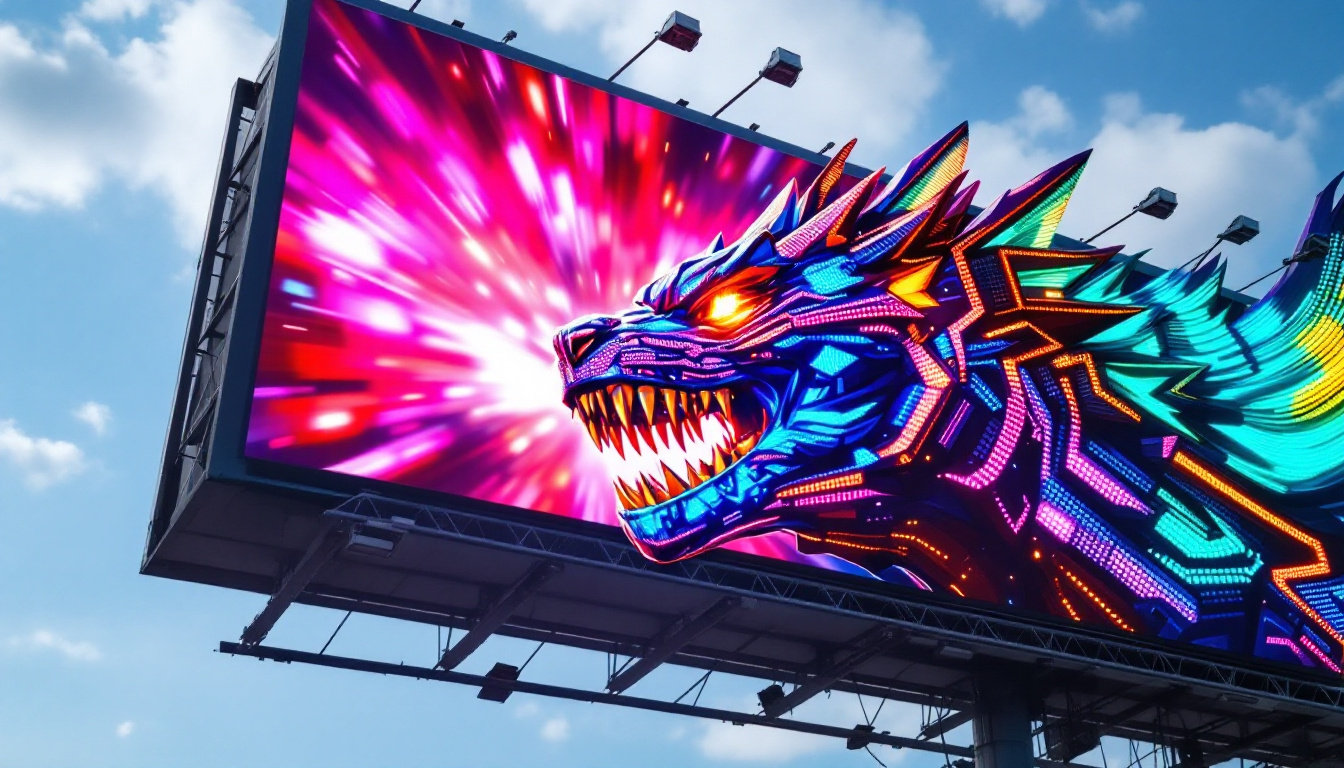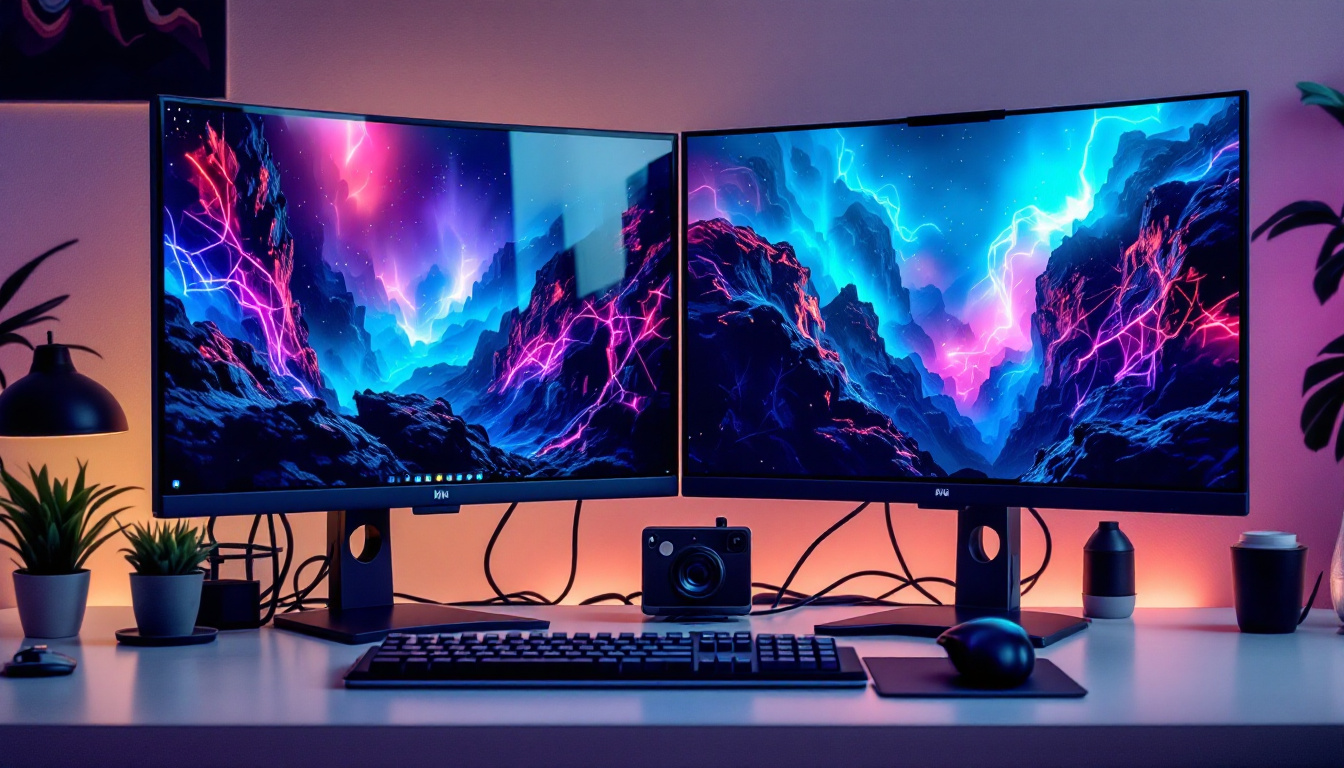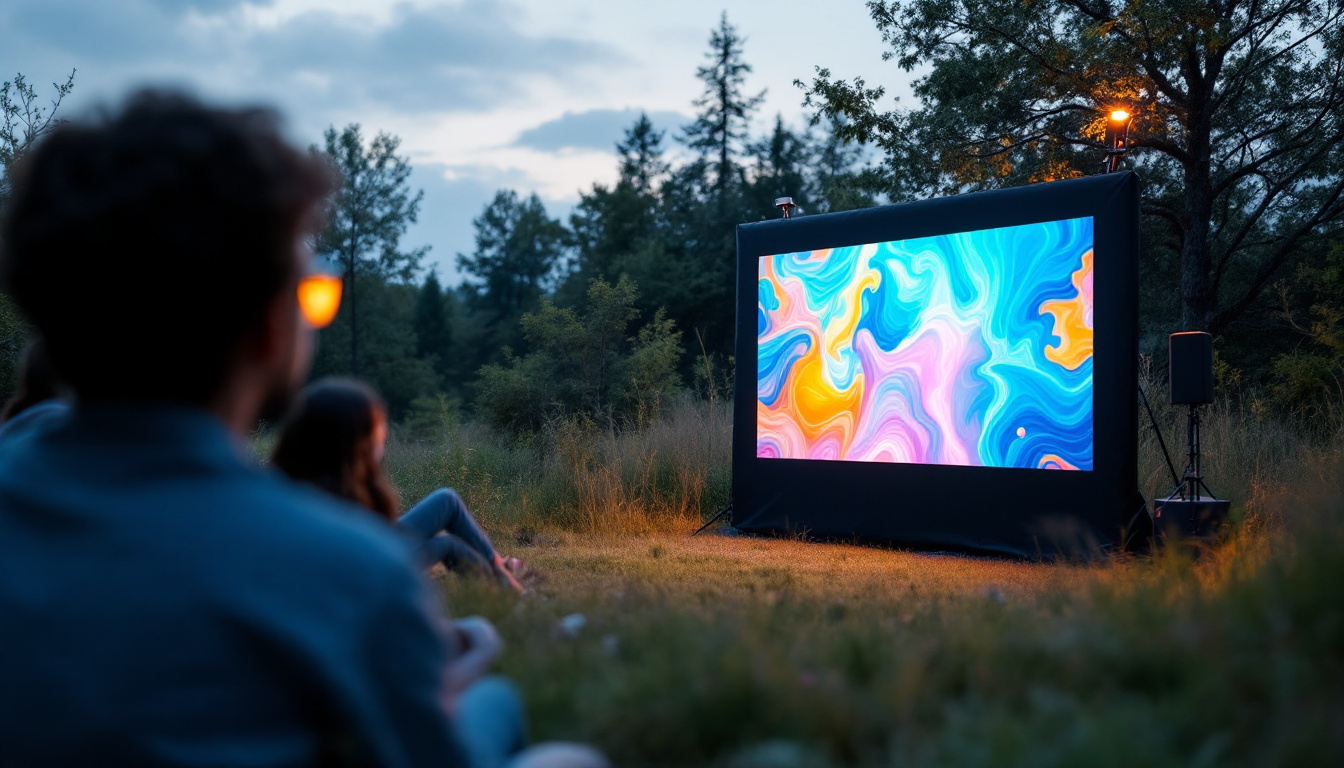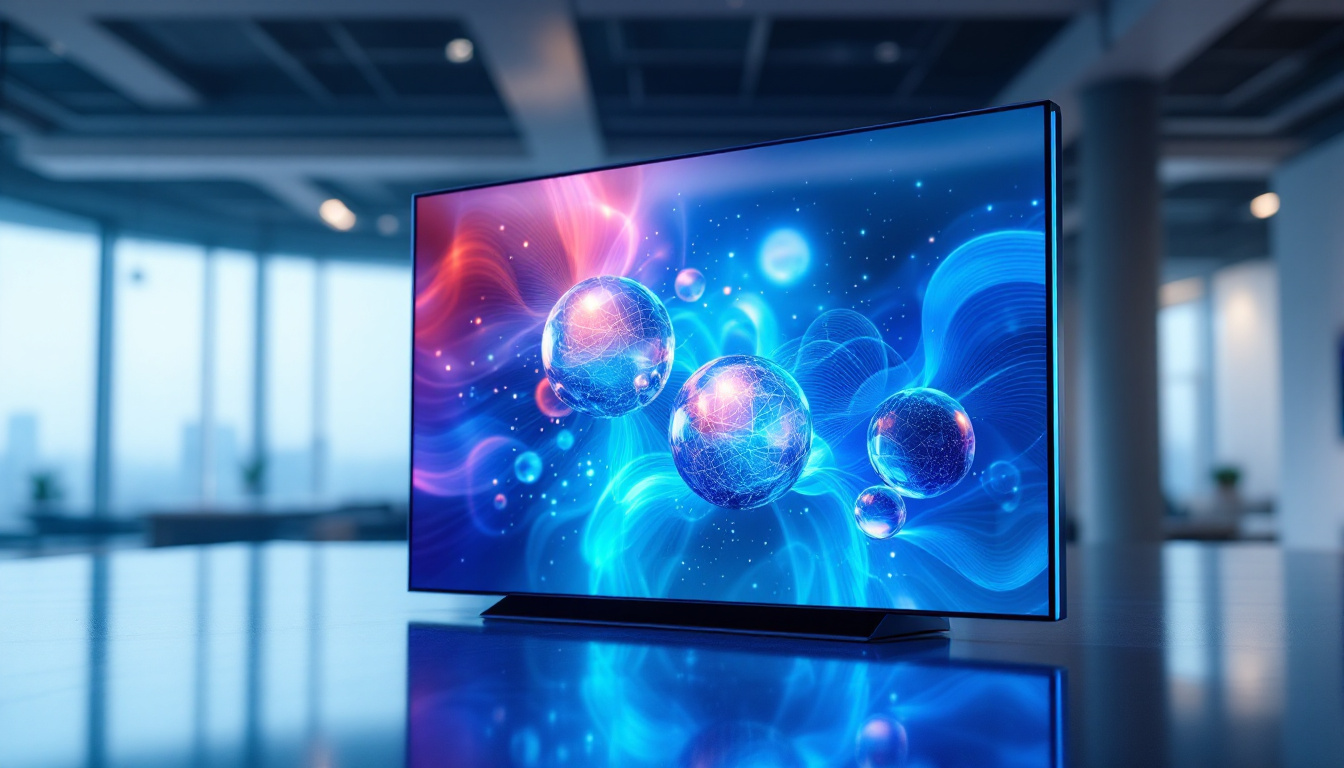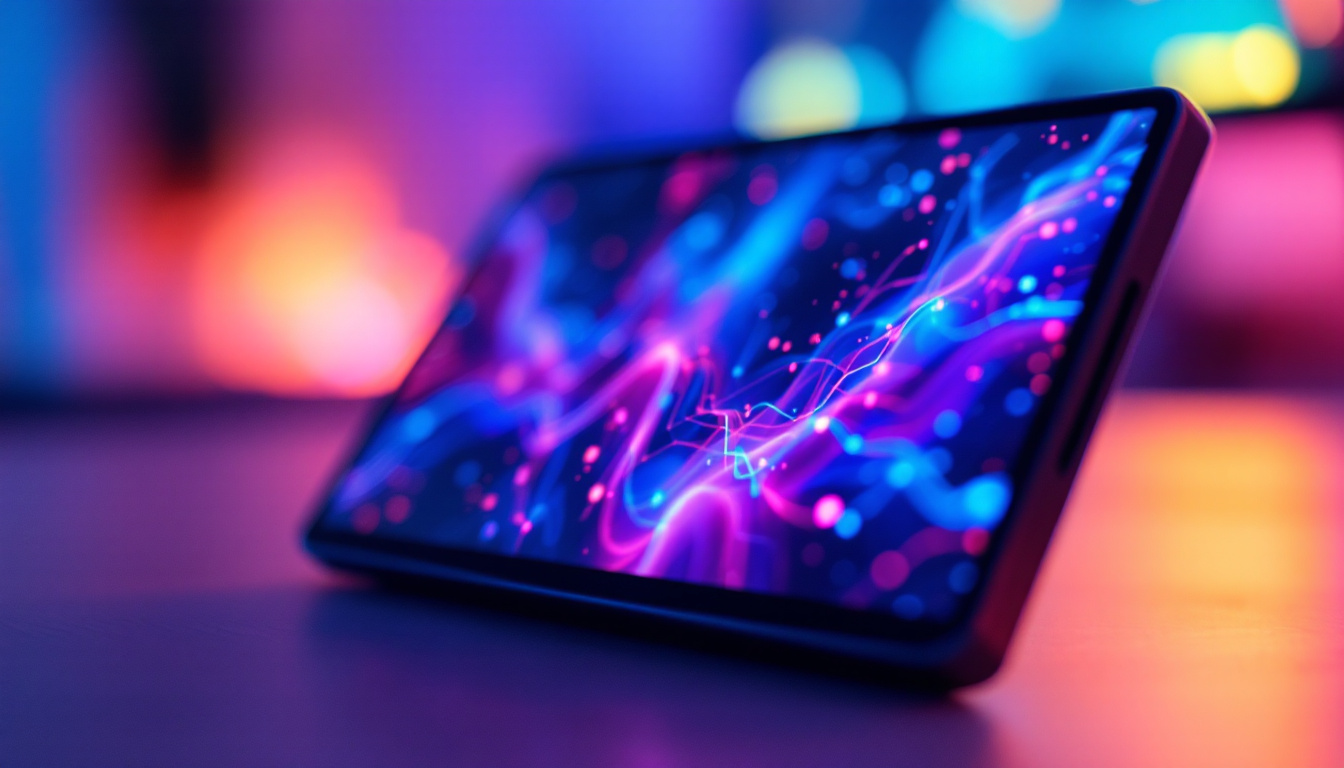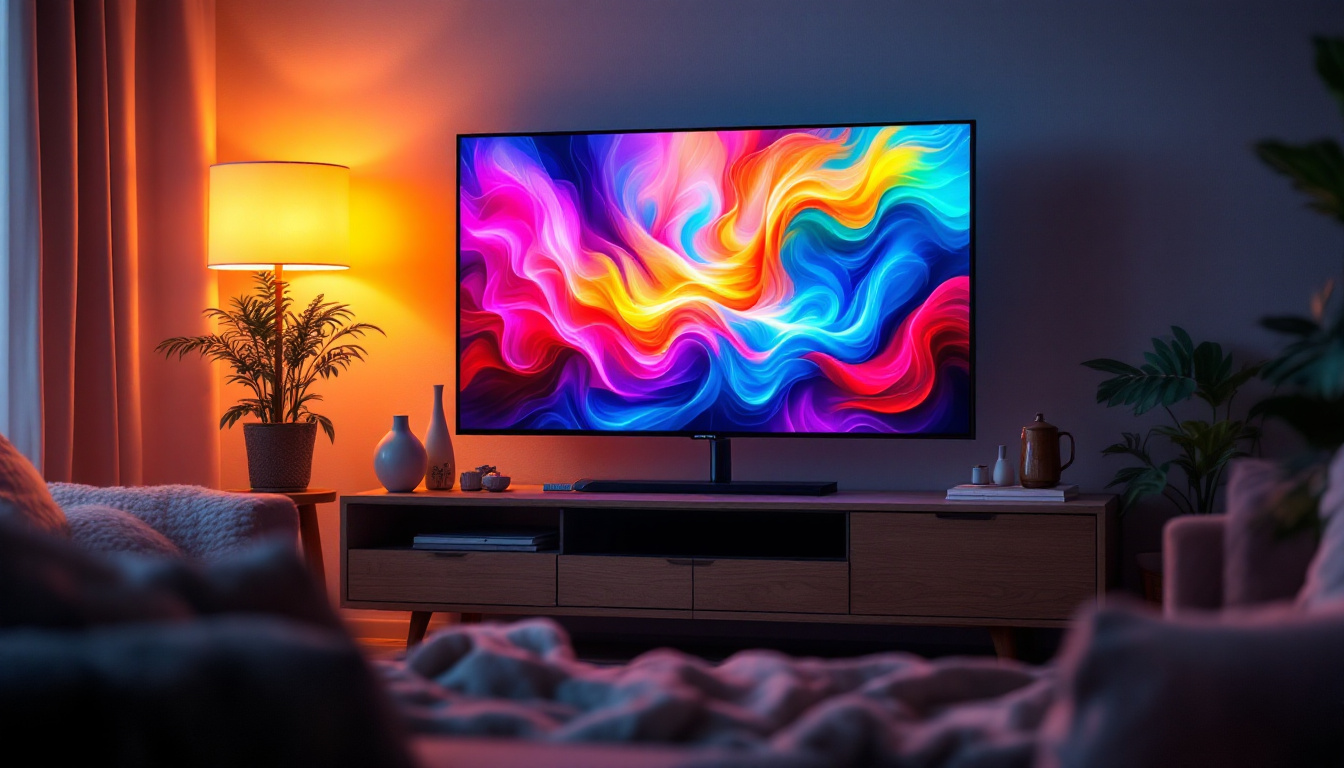Touch screen computers have revolutionized the way users interact with technology. With the advent of larger LED displays, these devices have become more versatile and user-friendly. This article delves into the world of the biggest touch screen computers, focusing on their LED display technology, features, and applications.
Understanding Touch Screen Technology
Touch screen technology has evolved significantly over the years, moving from simple resistive screens to advanced capacitive displays. This section explores the fundamental principles behind touch screens and how they function.
Types of Touch Screen Technologies
There are primarily two types of touch screen technologies: resistive and capacitive. Resistive screens consist of multiple layers that register touch through pressure. They are often less expensive but can be less responsive compared to their capacitive counterparts. This technology is commonly found in devices that require stylus input or in environments where durability is paramount, such as industrial settings or outdoor kiosks.
Capacitive touch screens, on the other hand, utilize the electrical properties of the human body to detect touch. These screens are more sensitive and allow for multi-touch capabilities, making them ideal for modern applications. They are widely used in smartphones, tablets, and interactive displays due to their ability to provide a more responsive and fluid user experience. The advancements in capacitive technology have also led to the development of features like gesture recognition, enabling users to perform actions with simple swipes or pinches.
How Touch Screens Work
Touch screens operate by detecting the location of a touch on the screen. This is achieved through various methods, including infrared sensors, optical sensors, and pressure-sensitive layers. The data collected is then processed by the device’s operating system to execute commands, making interaction intuitive and seamless. For instance, in capacitive screens, the touch is detected by measuring changes in capacitance at specific points on the screen, allowing for precise location tracking and quick response times.
Moreover, the integration of touch screen technology with other innovations, such as haptic feedback, enhances the user experience further. Haptic feedback provides tactile sensations that simulate the feeling of pressing a physical button, making interactions more engaging. Additionally, the rise of flexible touch screens is paving the way for new applications, allowing devices to bend and conform to different shapes while maintaining functionality. This opens up exciting possibilities for wearable technology and other innovative designs that were previously unimaginable.
The Rise of LED Displays
LED (Light Emitting Diode) technology has transformed the visual experience of touch screen computers. This section discusses the advantages of LED displays and their impact on touch screen technology.
Benefits of LED Displays
LED displays offer numerous advantages over traditional LCD screens. They provide brighter images, better contrast ratios, and improved energy efficiency. The vibrant colors and sharp resolution of LED displays enhance the overall user experience, making them a popular choice for touch screen computers.
Additionally, LED technology allows for thinner and lighter designs, which is crucial for portable touch screen devices. This has led to the creation of larger screens without compromising on usability or aesthetics. The durability of LED displays also plays a significant role; they are less susceptible to screen burn-in and can withstand more rigorous usage, making them ideal for environments where screens are constantly in use.
Applications of LED Touch Screen Computers
The applications of LED touch screen computers are vast and varied. They are widely used in educational settings, retail environments, and healthcare facilities. In classrooms, for instance, interactive LED displays facilitate engaging learning experiences, allowing students to interact directly with content.
In retail, touch screen kiosks equipped with LED displays enhance customer interaction, providing information and facilitating transactions. In healthcare, these devices streamline processes, enabling quick access to patient information and improving overall efficiency. Beyond these sectors, LED touch screens are increasingly being utilized in the hospitality industry, where they serve as interactive guides for guests in hotels and resorts, providing information about amenities, local attractions, and dining options. Furthermore, in the realm of entertainment, LED touch screens are becoming essential in gaming and interactive installations, offering immersive experiences that captivate users and enhance engagement.
Exploring the Biggest Touch Screen Computers
As technology continues to advance, the size of touch screen computers has also increased. This section highlights some of the largest touch screen computers available on the market today.
Features of Large Touch Screen Computers
Large touch screen computers are designed with various features that enhance usability. Many come equipped with high-definition LED displays, multi-touch capabilities, and robust processing power. These features make them suitable for a range of applications, from digital signage to collaborative workspaces.
Moreover, larger screens allow for better visibility, making them ideal for presentations and group activities. The ability to support multiple users simultaneously adds to their appeal in collaborative environments. Enhanced connectivity options, such as Wi-Fi, Bluetooth, and USB ports, enable seamless integration with other devices, allowing users to share content effortlessly. Additionally, some models incorporate advanced technologies like gesture recognition and voice control, further streamlining user interaction and making the experience more intuitive.
Notable Models in the Market
Several notable models stand out in the realm of large touch screen computers. For example, the Microsoft Surface Hub is a powerful device designed for collaboration, featuring a massive 84-inch 4K display. It integrates seamlessly with various software applications, making it a favorite among businesses. The Surface Hub also supports Windows 10, allowing users to run familiar applications and access cloud services, which enhances productivity in a corporate setting.
Another impressive model is the Samsung Flip, which offers a 55-inch or 65-inch display. It is specifically designed for brainstorming sessions and presentations, allowing users to write and draw directly on the screen. The Flip’s unique interface encourages creativity, as it allows multiple users to annotate simultaneously, and its ability to rotate the display makes it versatile for different use cases. Additionally, the device can save and share notes digitally, ensuring that ideas are captured and easily accessible for future reference. This combination of features makes the Samsung Flip a valuable tool for educators, businesses, and creative teams alike.
Choosing the Right Touch Screen Computer
When selecting a touch screen computer, several factors should be considered to ensure it meets the user’s needs. This section provides guidance on making the right choice.
Screen Size and Resolution
The screen size and resolution are critical factors to consider. Larger screens provide better visibility, especially in collaborative settings. However, the resolution should also be high enough to ensure clarity and detail in images and text.
For professional applications, a 4K resolution is often recommended, as it offers superior image quality, making it easier to read fine details and view high-resolution content. Additionally, consider the aspect ratio of the screen, as a wider format can enhance the viewing experience for presentations and videos, allowing for a more immersive interaction.
Processing Power and Memory
Processing power and memory are essential for the performance of touch screen computers. Devices with higher processing capabilities can handle more demanding applications, while sufficient memory ensures smooth multitasking.
For business use, opting for a model with a powerful processor and ample RAM is advisable, as it can significantly enhance productivity and efficiency. Furthermore, it’s worth exploring the benefits of solid-state drives (SSDs) over traditional hard drives, as SSDs provide faster data access speeds and improved reliability, which can be crucial for users who frequently run multiple applications or work with large files.
Operating System and Software Compatibility
The operating system (OS) plays a vital role in the overall user experience of a touch screen computer. Different OS options, such as Windows, macOS, or Chrome OS, come with their own set of features and software compatibility. For instance, Windows-based touch screen computers are often favored in business environments due to their extensive software ecosystem and support for enterprise applications.
Moreover, consider the availability of touch-friendly applications that can enhance productivity and creativity. Many software developers are now optimizing their applications for touch interfaces, making it easier to navigate and interact with content. This can be particularly beneficial for creative professionals who rely on graphic design or video editing software that supports touch gestures for more intuitive control.
Future Trends in Touch Screen Technology
The future of touch screen technology is promising, with ongoing advancements that are set to redefine user interaction. This section explores emerging trends and innovations.
Enhanced Interactivity
Future touch screen computers are expected to incorporate enhanced interactivity features. This includes improved gesture recognition and voice control, allowing users to interact with devices in more intuitive ways. Such advancements can streamline workflows and make technology more accessible.
Moreover, the integration of augmented reality (AR) and virtual reality (VR) technologies into touch screens is on the horizon. This could lead to immersive experiences that blend the physical and digital worlds, opening new avenues for education, training, and entertainment.
Eco-Friendly Innovations
As sustainability becomes a priority, manufacturers are focusing on eco-friendly innovations in touch screen technology. This includes using recyclable materials and energy-efficient components. The goal is to reduce the environmental impact of electronic devices while maintaining high performance and functionality.
Additionally, advancements in LED technology are making displays more energy-efficient, contributing to a greener future for touch screen computers.
Conclusion
The world of touch screen computers, particularly those with large LED displays, is rapidly evolving. With their numerous applications and benefits, these devices are becoming indispensable in various fields. As technology continues to advance, the possibilities for touch screen computers are limitless, paving the way for more interactive, efficient, and sustainable solutions.
Understanding the intricacies of touch screen technology and the advantages of LED displays can help users make informed decisions when selecting the right device for their needs. Whether for personal use, education, or business, the biggest touch screen computers are set to enhance the way we interact with technology.
Discover the Future of Touch Screen Computers with LumenMatrix
Ready to experience the forefront of touch screen technology with the most vibrant and interactive LED displays? LumenMatrix is at the helm of innovation, offering a wide array of LED display solutions that transform any space into a dynamic environment. From Indoor and Outdoor LED Wall Displays to specialized options like Vehicle, Sports, and Floor LED Displays, our products are designed to captivate and engage. Embrace the power of visual communication with our Custom, All-in-One, and Transparent LED Displays. Don’t just take our word for it; check out LumenMatrix LED Display Solutions today and see how we can elevate your brand visibility and create unforgettable visual experiences.

